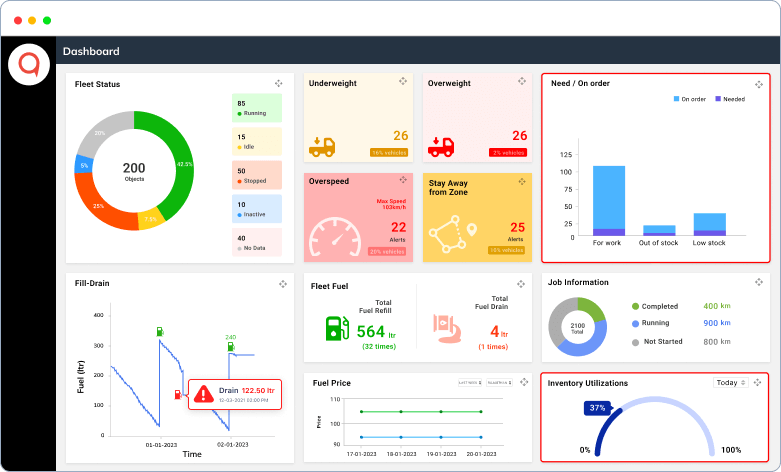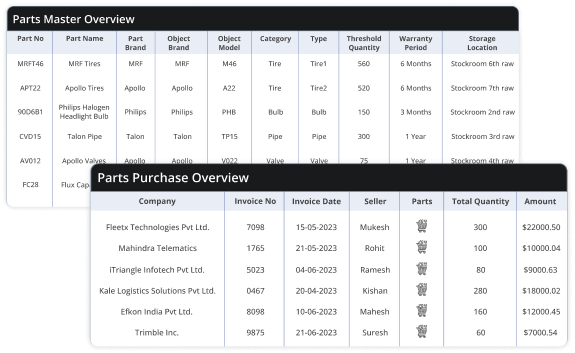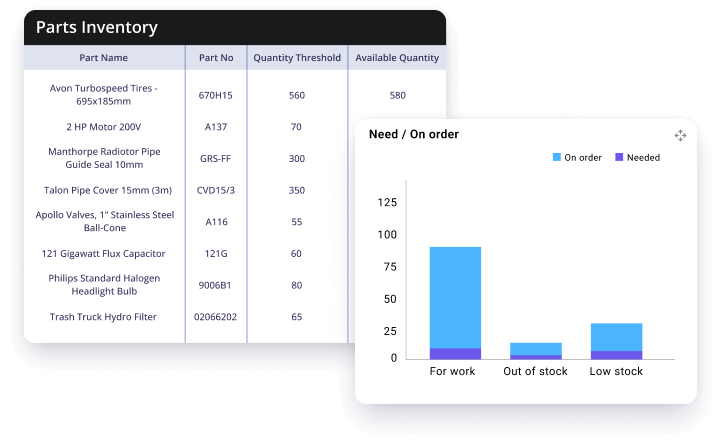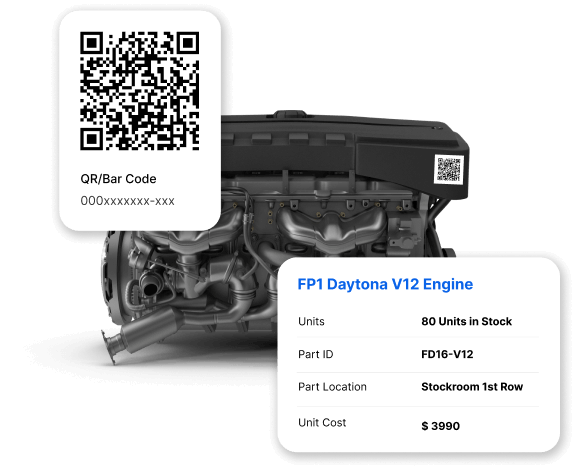Offer your clients the practice of having all inventory data in a single, unified system with undoubtedly parts inventory management. Moreover, it provides a centralized view of inventory, and streamlines control, and replenishment.
Furthermore, it also improves data accuracy and enhances decision-making for businesses with multiple locations or warehouses.
In addition, this efficient approach simplifies parts inventory management and reduces manual efforts, ensuring consistency and visibility across the organization.






